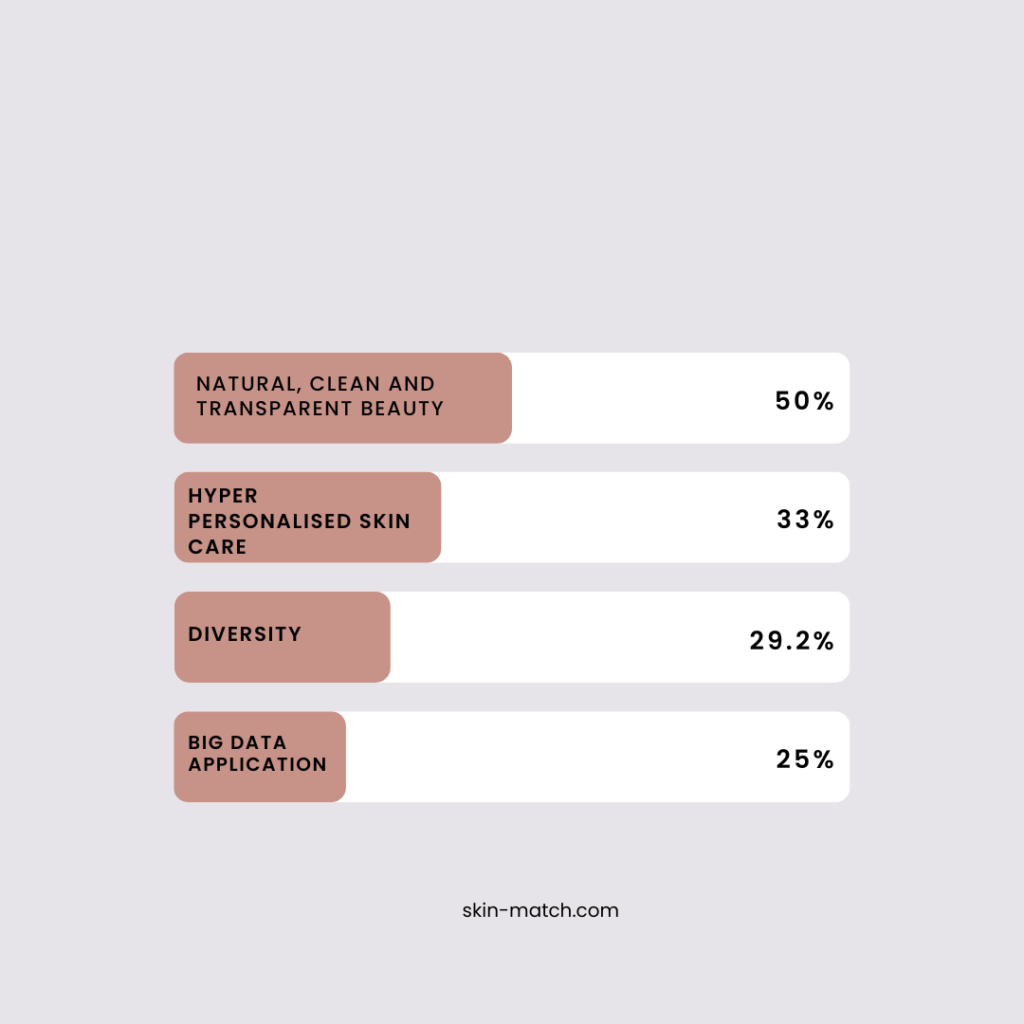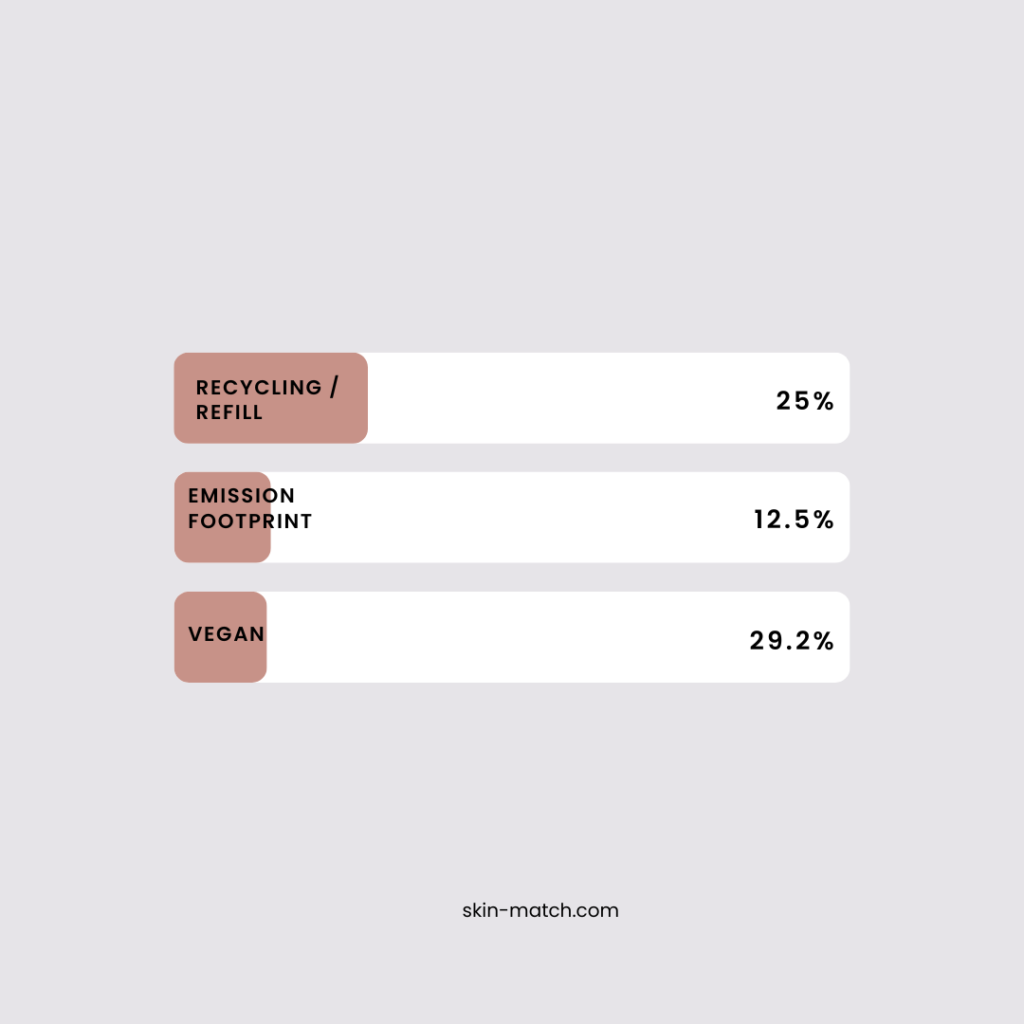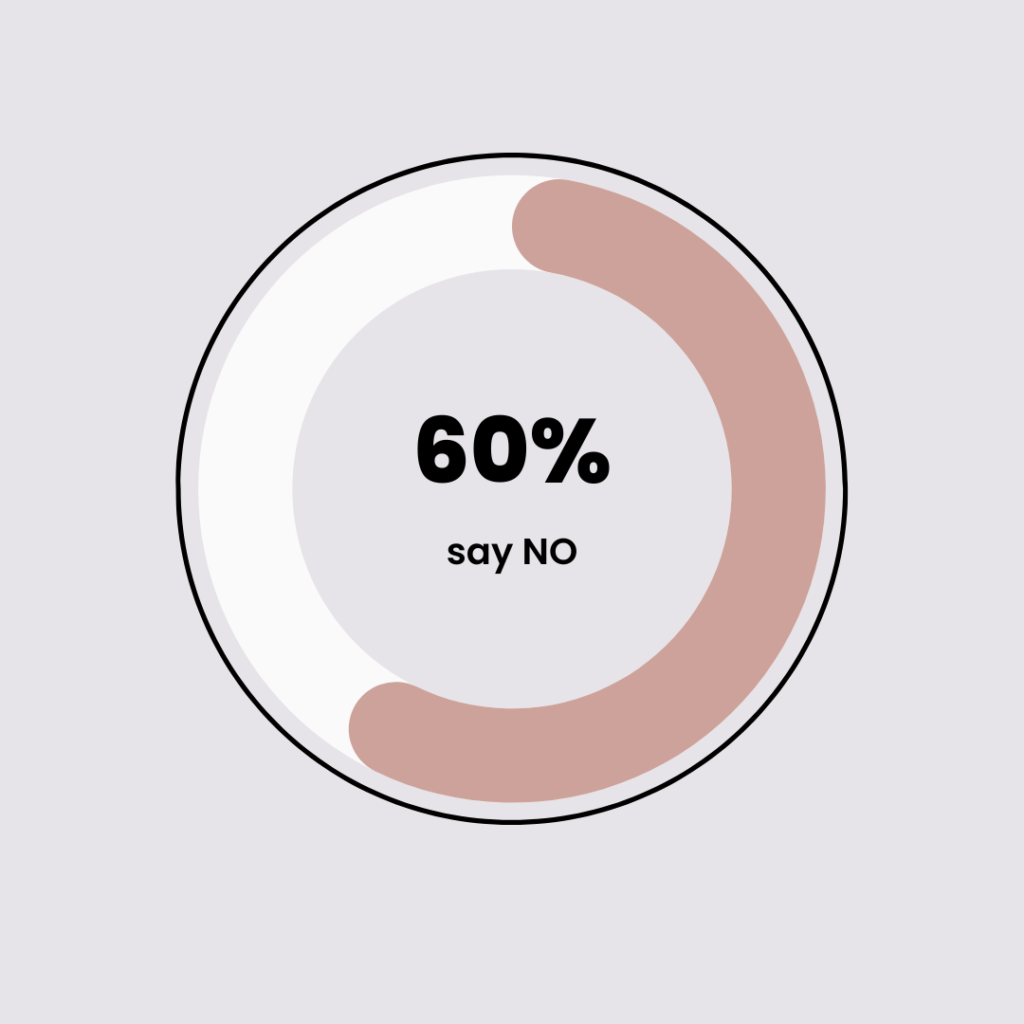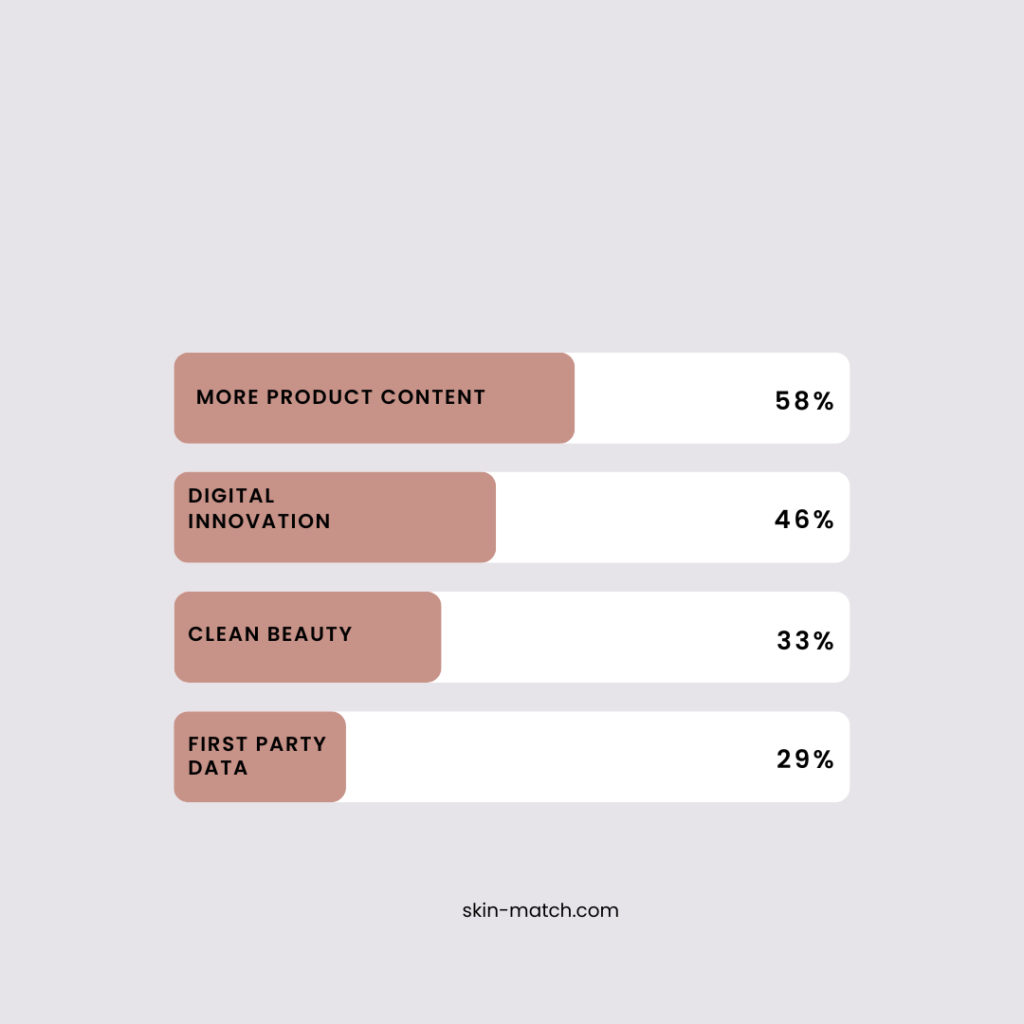Beauty brand owners predict the beauty trends for 2023!

Product category
Author
It’s that time of year when we like to reflect on all the happenings of each year. 2022 certainly was a busy year in the beauty industry, Global Cosmetic Industry published a recap of some of the major events that took place.
According to our own findings, the most eventful happenings of 2022 were as follows:
1. 23 new ingredients banned by the EU for cosmetic use
Some ingredients banned include:
- Zinc Pyrrithione is now authorized as a preservative up to 1% in rinse-off hair products and 0.5% in other rinse-off products excluding oral products and as an anti-dandruff ingredient leaves on hair products up to 0.1%. The substance will be removed from Annex III and V and be added to Annex II.
- Sodium Hydroxymethylglycinate, which is currently authorized as a preservative up to 0.5%. It will be removed from Annex V and added to Annex II.
- Butylphenyl methylpropional (Lilial) is a common fragrance allergen, which will be added to Annex II
2. The latest animal testing regulations in China
In May 2021, a new, long-awaited milestone was achieved: the ability for imported general cosmetics to be exempted from mandatory animal testing in China, thus opening up the Chinese market to several European cruelty-free brands that could previously only export limited quantities through cross-border e-commerce, or not at all. However, in order to be excluded from animal testing, relevant documents from the manufacturer’s home country must be given, which is a difficult process. To assist EU enterprises in the process, the EU SME Centre revised its flagship publication How to Export Cosmetics to China (2022 Regulations Update) in February 2022.
3. The impact of NFT’s on the beauty industry
is the rise of NFTs in the beauty industry a need, or just a formality to keep up with tech, do you think NFTs are needed in the beauty industry?
We took a look at how different beauty brands use NFT’s but still concluded that it may not be a priority to the beauty industry.
4. Top consumer haircare trends that your brand needs to know.
Here are top consumer trends and interests of 2022
1. Curl power: Consumers with curly hair are seeking products that are suitable for their hair and nourishes their natural texture.
2. The regimen revolution: Different types of hair require different regimes, its important for brands to consider all types of regimes best for all hair.
3. Menopausal hair care: During menopause, women experience hair loss or thinning, what can haircare brands do to help women take care of their hair.
4. Building bonds: A bond-building treatment can reduces the oxidative stress inside the hair by protecting the strong bonds and restoring the broken bonds, forming a new bridge between the keratin proteins.
5. Store appeal: Although online is extremely popular, consumers still want an in-store experience. Your store communicates so much to your customers and mostly potential customers. How can you attract more customers using your store?
In order to look ahead, we asked you; independent beauty brand owners, young beauty brands, established brands, and retailers, what you think is installed for the beauty industry for 2023.
Which of the following beauty trends do you predict will grow more in 2023?

Do you think the beauty industry is heading towards a more anti “anti-ageing” skincare narrative?

Which part of ethical transparency do you think will grow the most in 2023?

Do you see the metaverse and NFTs becoming a key influence in the beauty industry?

What is your brand’s focus for 2023?

Now, all we have to do is welcome 2023 and observe the trends that take place. From Skin Match Technology to your beauty brands, we wish you a restful festive season and an incredible new year! We hope to share more digital solutions with you in the new year.


